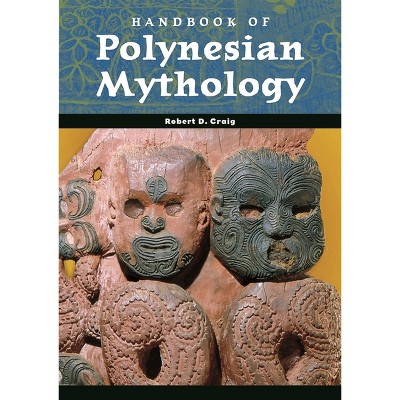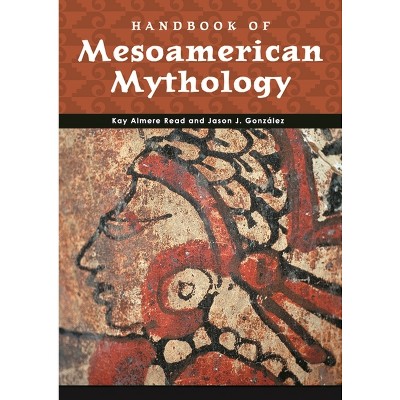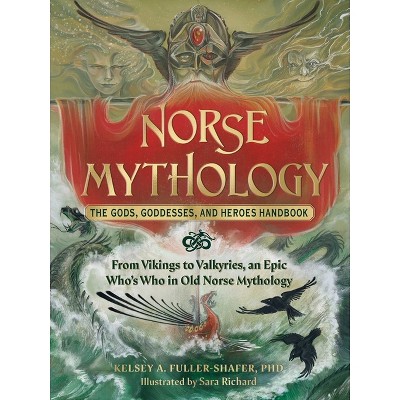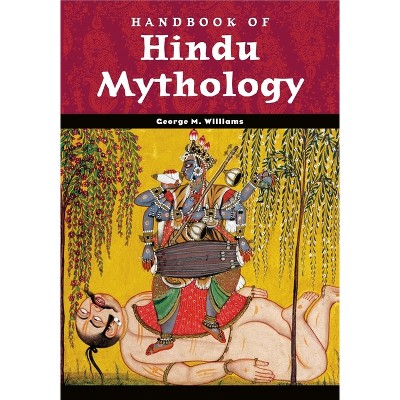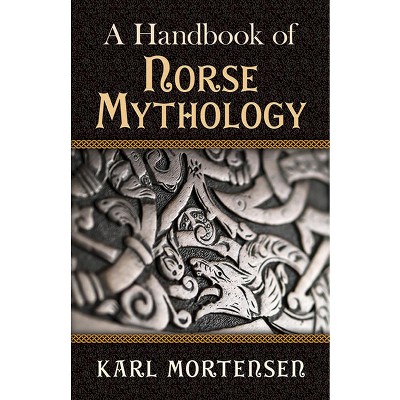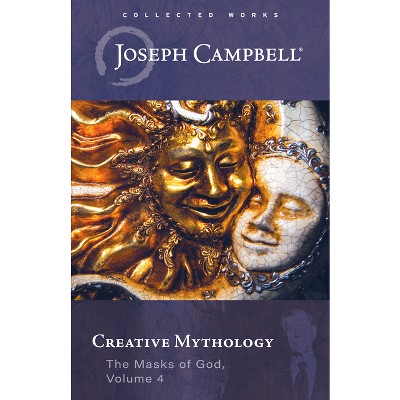Handbook of Japanese Mythology - (World Mythology) Annotated by Michael Ashkenazi (Hardcover)

About this item
Highlights
- An introductory guide to the mythology of Japan--one of the most pervasive yet least understood facets of Japanese culture.
- About the Author: Michael Ashkenazi is a professional writer and the author of numerous scholarly and encyclopedia articles on Japanese religion and culture.
- 400 Pages
- Social Science, Folklore & Mythology
- Series Name: World Mythology
Description
About the Book
An introductory guide to the mythology of Japan--one of the most pervasive yet least understood facets of Japanese culture.
Handbook of Japanese Mythology makes it easy to travel this vast yet little-known mythological landscape. The book reveals the origins of Japan's myths in the very different realms of Buddhism, Shinto, and folklore, and explores related mythologies of the Ainu and Okinawan cultures and recent myths arising from Japan's encounters with modernization. It then offers vivid retellings of the central Shinto and Buddhist myths, plus descriptions of major historical figures, icons, rituals, and events.
For students or long-time enthusiasts, it is the ideal guide for investigating Japanese reverence for the sun, the imperial family, and the virtues of purity and loyalty. Readers will also learn why sumo wrestlers stomp before each match, how a fussy baby creates thunder, why Japan has a god for soccer, and much more.
- An extensive glossary of all Japanese terms used in the text, as well as important concepts and historical features
- An annotated bibliography citing every print and nonprint source for the book, pointing the way toward further research
Book Synopsis
An introductory guide to the mythology of Japan--one of the most pervasive yet least understood facets of Japanese culture.
Handbook of Japanese Mythology makes it easy to travel this vast yet little-known mythological landscape. The book reveals the origins of Japan's myths in the very different realms of Buddhism, Shinto, and folklore, and explores related mythologies of the Ainu and Okinawan cultures and recent myths arising from Japan's encounters with modernization. It then offers vivid retellings of the central Shinto and Buddhist myths, plus descriptions of major historical figures, icons, rituals, and events. For students or long-time enthusiasts, it is the ideal guide for investigating Japanese reverence for the sun, the imperial family, and the virtues of purity and loyalty. Readers will also learn why sumo wrestlers stomp before each match, how a fussy baby creates thunder, why Japan has a god for soccer, and much more.Review Quotes
"[E]ngaging and informative guidebook . . . wonderfully vivid and compact introduction tells the core stories and provides key anthropological data explaining the role(s) of myths. The author's lucid, acessible, and even humorous style lightens the impressive scholarship . . . Japanese art enriches the cultural context." --School Library Journal
"Highly recommended. All college and university collections." --ChoiceAbout the Author
Michael Ashkenazi is a professional writer and the author of numerous scholarly and encyclopedia articles on Japanese religion and culture.





